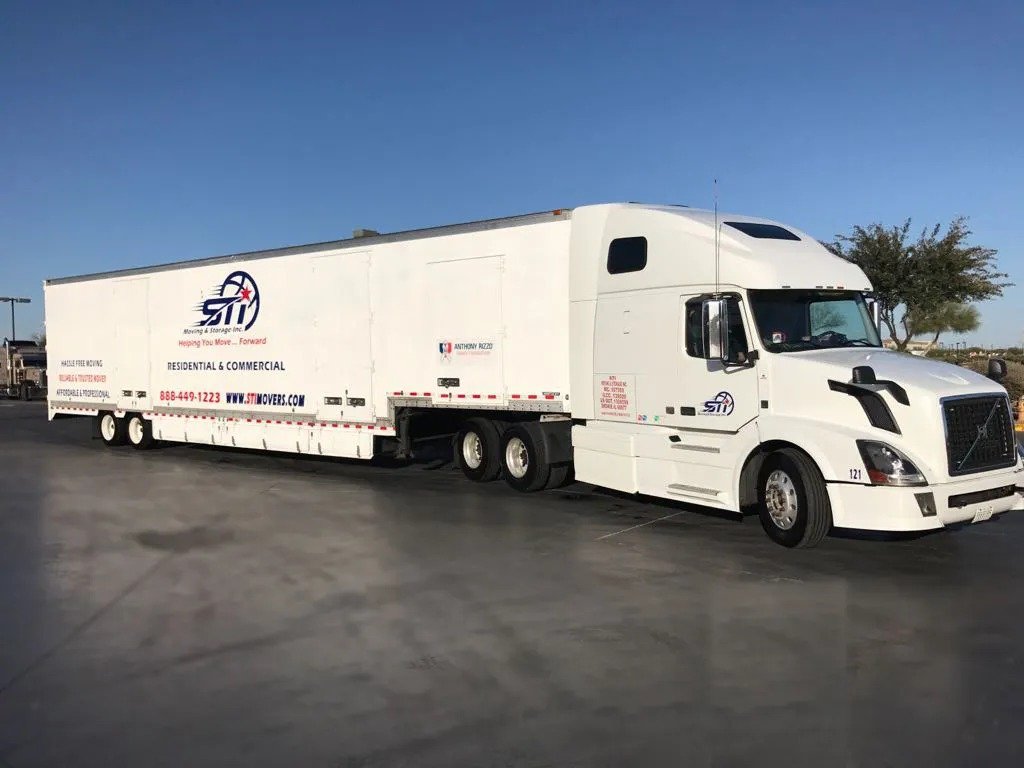When you need to relocate, one of most people’s main concerns is the moving budget. The relocation cost can be quite high. If you are one of those who will try to DIY it as much as possible, fortunately, there are solutions for you. But, in most cases, a moving truck is a must.
Professional movers will offer you their full services, but the one that helps the most, especially if you want to do the most on your own, is renting a moving truck. Here are some essential things you should know when you opt for one of these.
How To Choose The Right Truck
The type of truck depends on the company you turn to, but the size and type of truck can vary. Many factors are included – whether you relocate locally or long-distance, how much stuff you’re bringing along, and based on how the company charges the transport.
To choose the right truck, start by assessing the size of your move. Rental truck companies typically offer vehicles ranging from small cargo vans to large 26-foot trucks. A small apartment may require only a 10- or 12-foot truck, while a multi-bedroom house will need a larger truck to fit all your belongings. Consider using the company’s size guide or consulting with a representative to determine the best option for your needs.
When comparing companies, check for mileage fees, fuel policies, and rental durations. Some companies offer unlimited mileage for long-distance moves, while others charge per mile. Review all charges upfront to avoid surprises. If you’re moving heavy or specialty items like pianos, ensure the truck you choose has features like loading ramps or lift gates to make the process easier.
How To Load Your Stuff in Moving Truck
When loading your belongings in the truck, it’s essential to consider the items’ size, bulkiness, and weight. The heaviest items should go to the bottom of the truck, the nearest to the driver. The heaviest-to-lightest method should work, and you should be very mindful about stacking the boxes inside the truck, too.
Begin by loading large, heavy items such as furniture, appliances, and mattresses. Position these items against the walls of the truck to maximize space and secure them with straps or bungee cords to prevent shifting during transit. Distribute the weight evenly across the truck to maintain balance, which improves handling and safety on the road.
Next, stack boxes in tiers, starting with the heaviest boxes on the bottom and lighter ones on top. Use cushioning materials, such as blankets or bubble wrap, to protect fragile items and fill any gaps to prevent movement. Place essential items or items you’ll need immediately upon arrival toward the truck’s rear for easy access when unloading. Taking the time to load the truck carefully ensures your belongings are protected and the unloading process is more efficient.
How to Drive Moving Truck
As safety is an absolute must, knowing how to drive the truck properly is one of the essential skills, especially when you’re DIY-ing the process. Even if you regard yourself as the most experienced driver, make sure to drive the truck slower than you would usually drive other vehicles. Also, if you are transporting your goods long-distance, one more driver is more than necessary. Driving a moving truck differs significantly from driving a personal vehicle. Trucks are larger, heavier, and take longer to accelerate, stop, and turn. Before hitting the road, familiarize yourself with the truck’s dimensions, including its height and width, to avoid low-clearance bridges or tight spaces.
While driving, maintain a safe following distance and use side mirrors frequently, as trucks have larger blind spots. Avoid sudden braking or sharp turns to prevent the load from shifting inside the truck. Plan your route in advance, using GPS or a map to avoid unfamiliar or congested areas. If possible, practice driving the truck in an empty parking lot before starting your journey.
For long-distance moves, rotate drivers regularly to reduce fatigue and ensure both drivers are familiar with handling the truck. Additionally, check the company’s insurance options to cover potential damages or accidents, providing peace of mind throughout the move.
Additional Tips for a Smooth DIY Move
- Plan Fuel Stops: Rental trucks consume more fuel than regular vehicles. Plan fuel stops along your route, especially for long-distance moves, to avoid running low in remote areas.
- Inspect the Truck Before Use: Check the truck for any pre-existing damage, including scratches, dents, or mechanical issues, and document them with photos. Notify the rental company of these issues to avoid liability.
- Pack an Essentials Bag: Keep personal items like snacks, water, a phone charger, and important documents in the cab with you for easy access during the drive.
- Use Moving Equipment: Rent or purchase dollies, furniture pads, and straps to make loading and unloading easier and safer.
The Role of Professional Assistance
If you find the process of loading and driving a moving truck overwhelming, consider hiring professional movers for specific tasks. Many companies offer flexible options, such as packing and loading services, without requiring a full-service package. This hybrid approach allows you to save money while still benefiting from professional expertise.
Conclusion
Renting a moving truck can be a cost-effective and practical solution for DIY relocations. By selecting the right truck size, loading your belongings strategically, and driving safely, you can manage the process with confidence and ease. Taking the time to prepare properly ensures that your move goes smoothly, whether you’re relocating locally or long distance. If needed, don’t hesitate to seek professional assistance for tasks that require extra hands or expertise. With these tips, you’ll be well on your way to a successful move. Safe travels!



